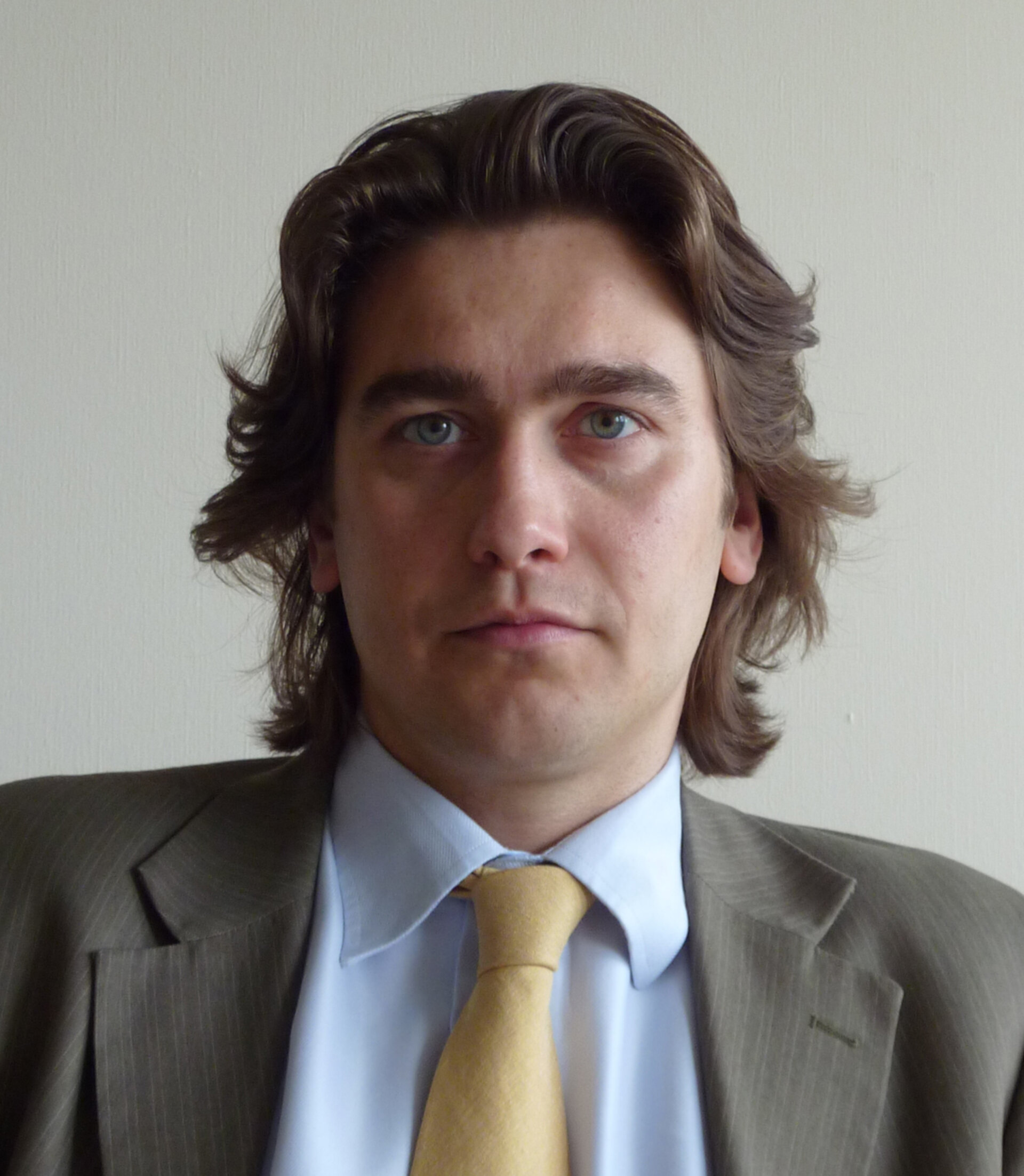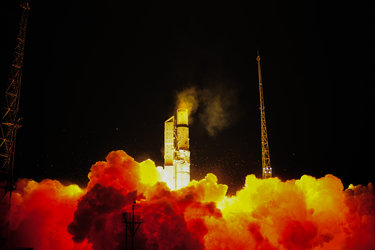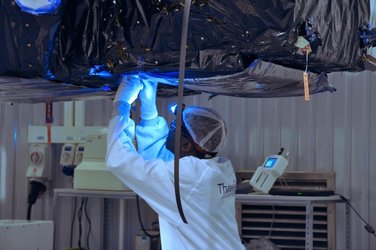Andreas Veispak: Head of European Commission’s Space Data for Societal Challenges and Growth Unit
Andreas Veispak talks about the European Commission’s Copernicus programme and how Sentinel-3 will benefit everyday lives and the economy.

Andreas Veispak, an Estonian, started his career at PricewaterhouseCoopers working on and leading numerous projects across different sectors of the economy in fields related to economic development, strategic advisory, mergers & acquisitions, project finance, public-private-partnerships, due diligence and corporate recovery.
He joined the European Commission in 2005 where dealt with the automotive industry and was responsible for questions related to industrial competitiveness, energy and the environment. In 2010 he joined the team at Director General of DG GROW (internal market, industrial competitiveness, space – Copernicus and Galileo – entrepreneurship and SMEs). In the summer of 2015, he became the acting Head of Unit for Space Data for Societal Challenges and Growth at the European Commission with responsibility for space-related data, user uptake and new business models as well as international relations and outreach activities.
Andreas was educated at the University of Oxford, UK, where he studied Modern History.
ESA: Can you briefly describe the role of your unit with respect to the Copernicus programme?
Andreas Veispak
The mission of the unit is to develop and implement activities to promote the uptake and use of space-related data and services to maximise their societal and economic potential. Our main tasks include Copernicus data policy, management and big data; a user-driven system; market uptake and new business models; international relations; communication and the Copernicus portal.
ESA: How important have satellite data become for our everyday lives?
Andreas Veispak
The full, free and open data provided by Copernicus will support regional, national, European and international efforts to identify, respond and adapt to global phenomena, such as climate change, land management, atmospheric pollution, state of the seas, just to name a few.
ESA: How will data from Sentinel-3, in particular, benefit society?
Andreas Veispak
Sentinel-3 will measure the Earth’s oceans, land, ice and atmosphere to provide global coverage every two days. It will provide essential information in near-real time for ocean and weather forecasting. Sentinel-3 will measure the temperature, colour and height of the sea surface as well as the thickness of sea ice. These measurements will be used, for example, to monitor changes in sea level, marine pollution and biological productivity. Over land, the data will be used to monitor biodiversity, assessment of water cycle parameters like soil moisture or water bodies, monitoring of forests and coastal zones, regular monitoring of soil and assessment of sealed surfaces, forest damage assessment and desertification monitoring.
ESA: Do Sentinel data benefit the economy?
Andreas Veispak
According to a recent OECD report estimates that the consumer services or downstream activities account for 58%. In addition, the expected positive impact of Copernicus on the European economy in terms of financial benefit and job-creation has been analysed in three independent studies. Furthermore, Sentinel data supports environmental protection and the security of citizens, and will help to stimulate European enterprise.
ESA: How is technology evolving to deal with the huge amount of data we get from Earth observing satellites?
Andreas Veispak
Our thirst for information about our surroundings and the environment in which we live is driving the creation of new highly capable observing systems. As the science progresses and observations become a growing part of our everyday lives, we need to better manage the increasing volume of observation data in a way that serves the breadth of uses and users, and above all, allows data to be accessed and processed to create knowledge for all.
Examples of technologies on the horizon include cloud computing for processing, storing and disseminating observation data, wider use of data from systems not originally designed for environmental observation. We should also be looking developing a robust data dissemination architecture for Copernicus data and products which will imply closer integration of existing ground segment capacities and allowing for the use of recently-developed technologies in data processing and dissemination (e.g. cloud computing). Such an integrated system is a sine qua non condition for achieving an improved use and uptake of space data because – at the most basic level – the data has to be available freely, quickly and in a user-friendly manner for it to be used at all. The Commission will also seek to improve the interoperability of Copernicus data and information (notably with respect to the INSPIRE directive and through further standardisation measures if needed).
Editor's note:
This is one in a series of interviews with a few of the key people that are involved in the Sentinel-3 mission. Please check back as further interviews will be added to over the coming weeks.







